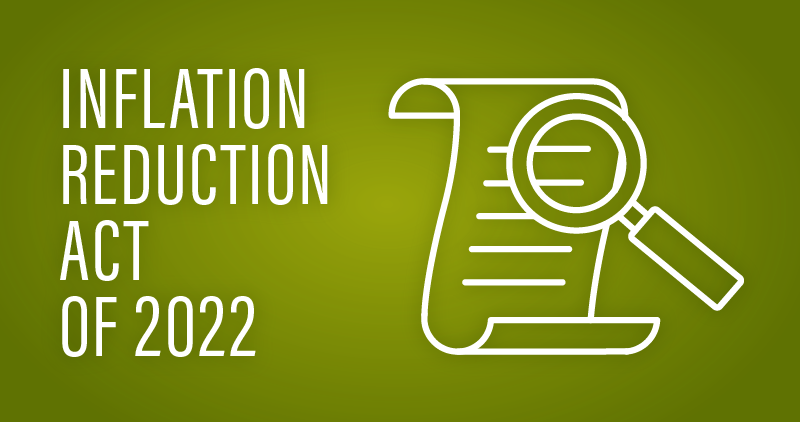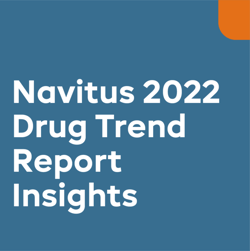Navitus’ Vice President of Government Relations, Robyn Crosson, shares her insight into the Inflation Reduction Act and how it will impact our stakeholders – clients, consultants and members.

Prescription affordability remains a top concern among many Americans. The Inflation Reduction Act (IRA) which was signed into law by President Biden on August 16, 2022, strives to make health care and prescription drugs more affordable. This Act includes several regulatory changes affecting Medicare that will be phased in over the next several years. As part of Navitus’ mission to keep you, our clients, up-to-date with the latest regulations that may impact your business, below are key health care provisions that you need to be aware of.
prescription drug price reform
One of the most significant provisions of the IRA provides the Centers for Medicare and Medicaid (CMS) the ability to negotiate Medicare Part D prices for high-cost drugs. This program will begin in 2026 for 10 drugs, increasing to 20 drugs by 2029 and each subsequent year thereafter. In addition to lowering drug prices, drug manufacturers that increase prices faster than the rate of inflation will be required to pay rebates beginning in 2023. These rebates are in place with the hope and expectation that the growth of medication prices will reduce over time.
expanded medicare benefits
The provisions of the IRA also seek to improve the affordability of health care for Medicare Part D beneficiaries by:
- Eliminating cost-sharing for adult vaccines beginning in 2023
- Capping the out-of-pocket for insulin to $35 per month beginning in 2023
- Capping the annual out-of-pocket maximum for members at $2,000 beginning in 2025
- Eliminating beneficiary cost-sharing for catastrophic coverage beginning in 2024
- Limiting the maximum out-of-pocket to $2,000 with the ability to spread that into monthly payments, beginning in 2025
- Limiting premium growth to no more than 6% a year from 2024-2029
For millions of Americans, these added benefits mean being able to afford life-saving medications and improved health outcomes.
additional eligibility
Starting in 2024, people with incomes between 135 percent and 150 percent of the federal poverty level will be eligible for further assistance with premiums, deductibles and cost-sharing for low-income Part D subsidies. This expanded eligibility will provide tremendous long-term benefits for those who will now be able to afford health care coverage.
what to expect from navitus
This bill makes notable strides toward improving the affordability and accessibility of health care by making prescription drugs more affordable and lowering out-of-pocket costs for Medicare beneficiaries.
We understand that these are significant changes and have formed a team to address the changes. Our initial focus will be on the changes that must be put in place for 2023. We are ready to move forward once CMS provides further instructions. Meanwhile, we will begin working on the other changes soon.
We will continue to monitor and share information as it becomes available. If you have questions about how this will affect you, please contact your Clinical Account Manager.
written by robyn crosson
 Robyn Crosson is the Vice President of Government Relations at Navitus, where she provides strategic direction on government relations thought-leadership initiatives. She is responsible for the creation of policies and procedures in the legislative, regulatory and procurement arenas. In addition, she oversees building external relationships with state and federal governments, lobbyists and stakeholders.
Robyn Crosson is the Vice President of Government Relations at Navitus, where she provides strategic direction on government relations thought-leadership initiatives. She is responsible for the creation of policies and procedures in the legislative, regulatory and procurement arenas. In addition, she oversees building external relationships with state and federal governments, lobbyists and stakeholders.
1. Wafa Tarazi, Kenneth Finegold, Steven Sheingold, Nancy De Lew, Benjamin D. Sommers, “Prescription Drug Affordability among Medicare Beneficiaries”. https://aspe.hhs.gov/sites/default/files/documents/1e2879846aa54939c56efeec9c6f96f0/prescription-drug-affordability.pdf. Department of Health and Human Services. Published January 19, 2022. Accessed September 5, 2022. |




